Small-leaved lime (SLI)
Small-leaved lime is a long-lived tree (up to 500 years) and one of two native species. It occasionally occurs in pure stands but usually as a component of mixed broadleaved woodlands. It has a wider distribution and is more common than the other native large-leaved lime (Tilia platyphyllos)
The hybrid (T. x europaea) of small and large-leaved lime is very widely planted especially in parkland and avenues. Limes exude copious amounts of aphid honeydew in summer and can be an irritation if you park your car under one. Once a dominant forest species it declined after 3000 BC largely due to human activity. Lime woodlands that still exist largely remain due to local historical importance and are often linked to local place names e.g., Lyndhurst (Hampshire), Limpole (Northamptonshire) and Linwood (Lincolnshire).
Small-leaved lime is a native tree and is categorised as a secondary tree species. These are tree species that have demonstrated positive silvicultural characteristics in trial plots but gaps in knowledge constrain wider use. The species are being actively evaluated to increase understanding and inform future deployment.
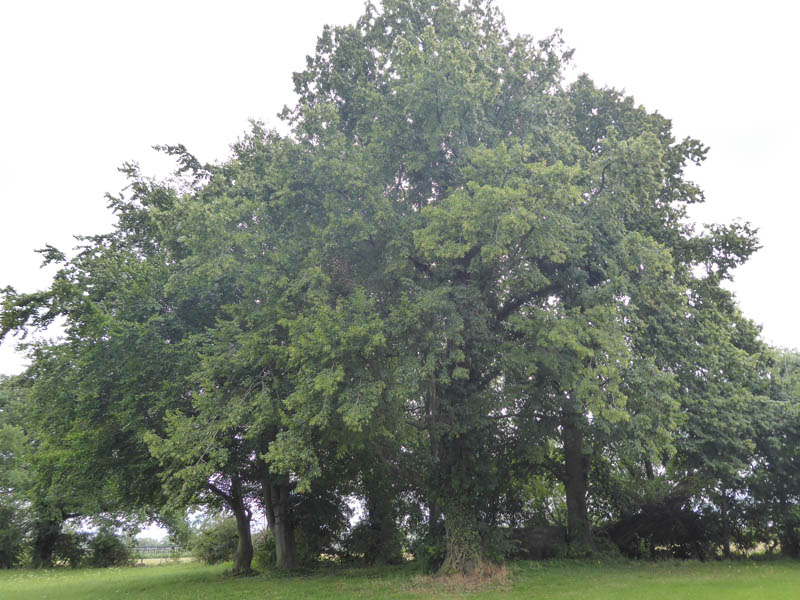
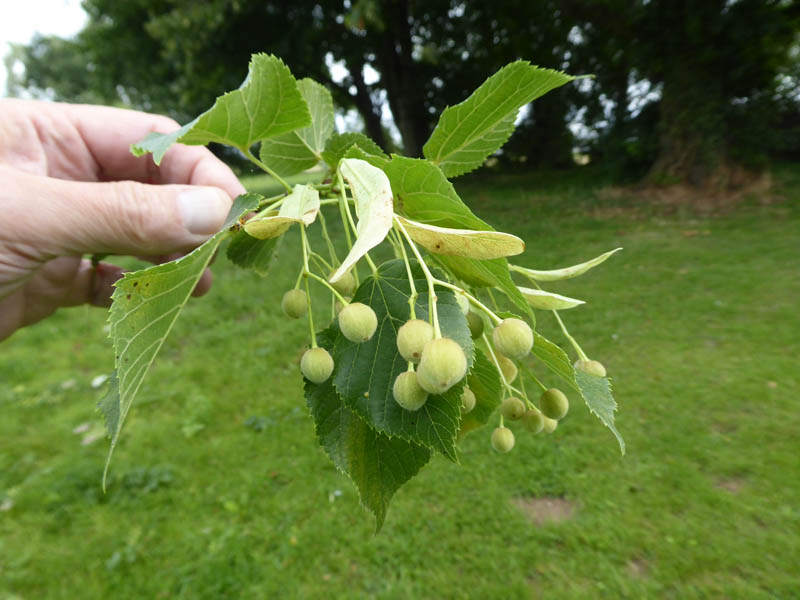
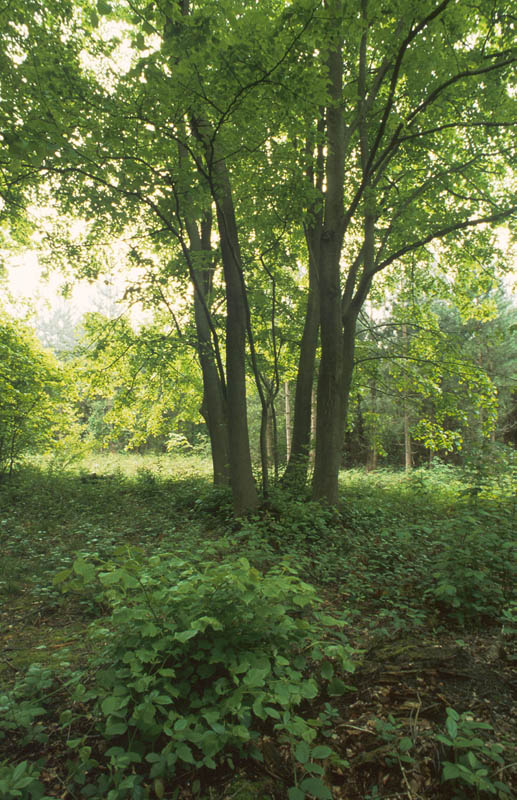

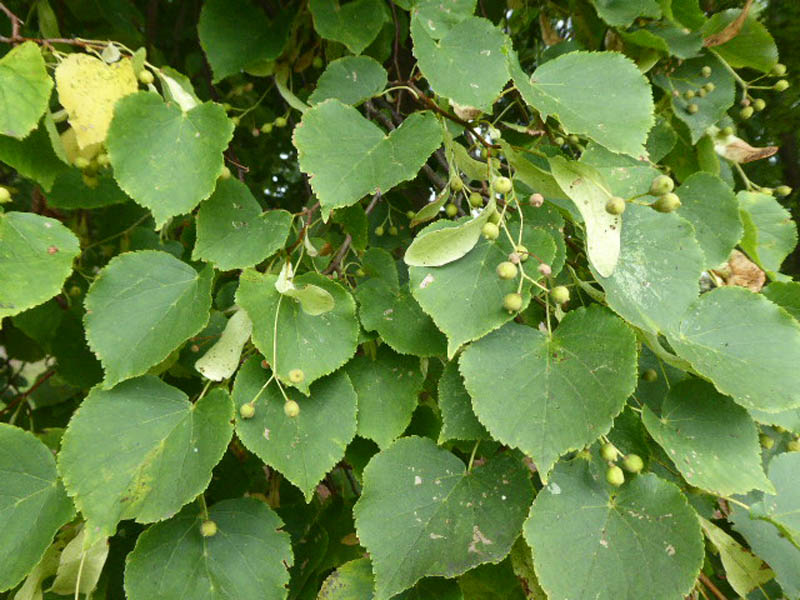
Range
Native to England and Wales and widely distributed through central and western Europe and into Russia. In native woodlands it fits into the National Vegetation Classification (NVC) W8 & W10.
Provenance Choice
No provenance trials have been undertaken in Britain and production of seed is very intermittent in this country, so plants should either be of local origin or sourced from quality stands in Britain or western Europe.
Key Properties
Site Requirements
Small-leaved lime is a temperate species, moderately shade tolerant and can reach a large size on suitable soils. It is cold hardy, drought, and frost resistant, but does not tolerate exposure. In its native range annual rainfall is between 500 and 3350 mm. It grows on a wide range of soil types including silty gleys, but best on those that are fresh to moist and of medium to rich soil nutrient regime; will grow on alkaline sites provided adequate soil moisture is available. It is not suitable for peat soils or for very dry or nutrient poor sites. It is often found in mixture with other broadleaves or in small pure stands.
Further detail on the site requirements of small-leaved lime in current and future climates can be examined using the Forest Research Ecological Site Classification Decision Support System (ESC).
ECOLOGICAL SITE CLASSIFICATION TOOL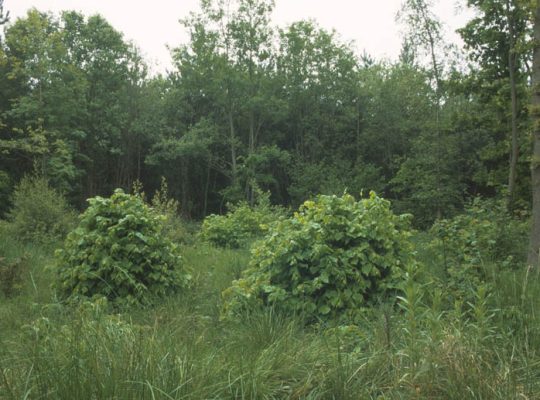
Silviculture
Small-leaved lime is best planted as part of a broadleaved woodland mix as single trees or small groups. In Europe it is used as an underplanted species to shade the stems of oak to prevent epicormic shoot growth. In Britain existing woodlands, where managed, are mainly coppiced and this strong reliable ability to regenerate mean existing woodlands can contain very old ‘stumps’ over a thousand years in age.
Successful production of viable seed needs summer warmth, so natural regeneration is infrequent. Regeneration is more readily achieved by layering and young plants can be propagated from cuttings. This is a species that will benefit from climate warming and could see natural expansion in British woodlands.
Small-leaved lime is a good soil improver mainly due to its deep rooting allowing the tree to access nutrients and the honeydew deposited by aphids increasing biological activity around the tree.
Pests and Pathogens
Mature trees can suffer root killing and bleeding cankers caused by Phytophthoras. Verticilium wilt is infrequent, but can be fatal. Sap-sucking insects are common and produce copious honeydew. Young plants and coppice are heavily and preferentially browsed by deer, but bark stripping by grey squirrels is rare.
See our other tools and resources
Further Resources
External
In addition to the general sources of information for species the following are useful for limes.
Bugg, C. and Ashton, P. (2102) Small-leaved lime in the UK: Research into factors affecting distribution. Quarterly Journal of Forestry. 106(1):31-26
De Jaegere, T., Hein, S. and Claessens, H. (2016) A Review of the Characteristics of Small-Leaved Lime (Tilia cordata Mill.) and Their Implications for Silviculture in a Changing Climate. Forests, 7, 56; doi:10.3390/f7030056
Jensen, J.S. 2003. EUFORGEN Technical Guidelines for genetic conservation and use for lime (Tilia spp.). Biodiversity International, Rome, Italy. 6 pages.
Pigott, C. D. 2012. Lime-trees and basswoods: a biological monograph of the genus Tilia, Cambridge University Press.
Pigott, C. D. 2020. Biological flora of the British Isles: Tilia platyphyllos. Journal of Ecology, 108, 2638-2676.




